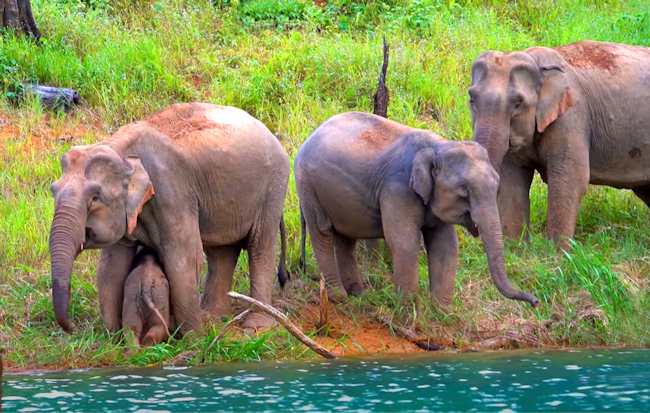135 people have been killed and 116 injured by wild elephants in the past six years, including 27 deaths in the first nine months of this year alone, according to the Office of Wildlife Conservation Information of the Department of National Parks, Wildlife and Plant Conservation.
Dr. Supakit Vinitpornsawan, director of the office, attributed the attacks to the increased population of wild animals and increasing occasions when elephants venture out of their habitats to forage for food.
He said that there are 3,000-4,000 wild elephants scattered across 38 national parks and 31 wildlife sanctuaries in Thailand, covering an area of 52,000 square kilometres. The number of elephants in the wild should not be considered as too many, but their numbers may outgrow some of their habitats and feeding grounds, he added.
About two years ago, he said that elephant attacks and intrusions were reported in 41 forests, but, this year alone, similar incidents were reported in 49 forests, causing harm to people and damage to crops.
The Department of National Parks, Wildlife and Plant Conservation has identified five forests which have experienced a high incidence of elephant attacks.
The forests are in Kaeng Krachan and Kui Buri national parks, the western forest complex, which includes Salak Phra Wildlife Sanctuary and Sai Yok National Park, the Dong Phaya Yen-Khao Yai forests, which include Khao Yai, Tap Lan, Ta Phraya, Dong Yai and Pang Sida national parks and the Phu Khieo-Nam Nao forests.
Dr. Supakit said that key reasons why elephants leave their habitats to search for food include water and food shortages.
A brainstorming session among officials concerned was held today (Friday) at the Department of National Parks, Wildlife and Plant Conservation, in an attempt to develop plans for wild elephant management, to protect the animals, whilepreventing them from causing harm to humans and damage to property.
Source: Thai PBS


